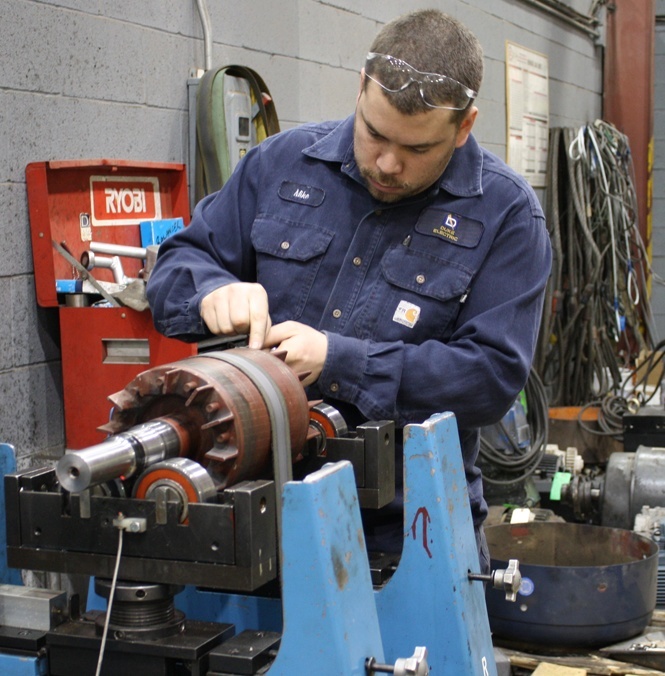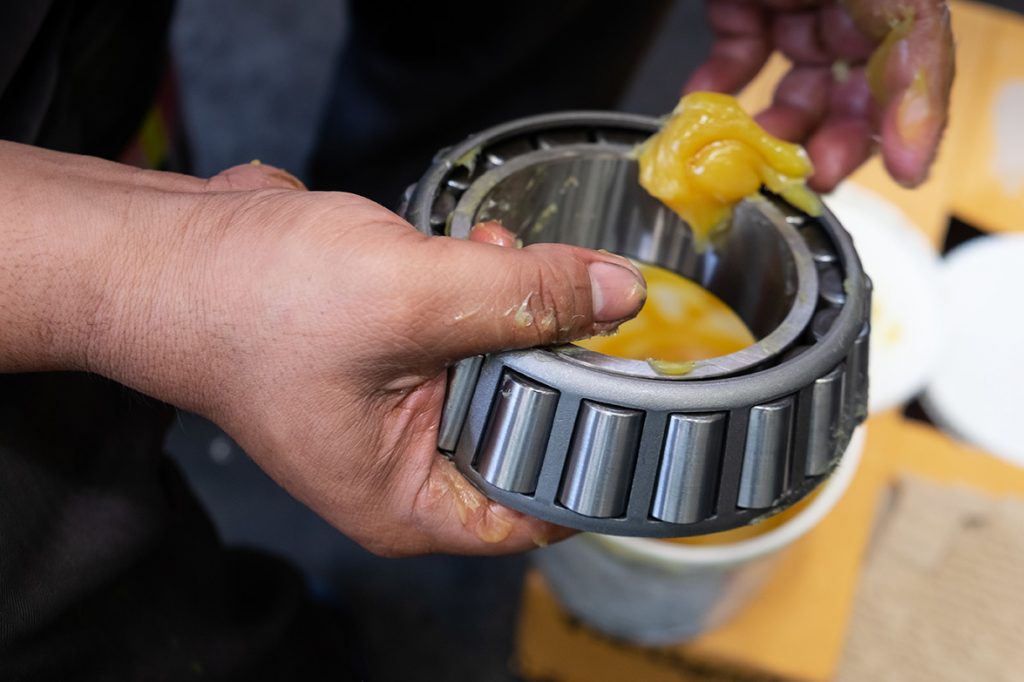What is vibration analysis (and why your maintenance program needs it) October 29, 2019
To the Beach Boys, vibrations are good. To the plant or maintenance manager, not so much. This article explains what vibration analysis is, what it can tell you, and 6 reasons you need to include it in your maintenance program.
What is vibration analysis in maintenance?
Before we define vibration analysis, let’s start with a definition of vibration.
Vibration is a repeated movement around a point of equilibrium. It can be characterized (and measured) in three ways: by its amplitude (distance from the point of equilibrium), intensity (its power) and frequency (how many times per second it happens). Vibration recordings look like waves.
An industrial motor—or any piece of rotating machinery for that matter—vibrates during operation. Each separate component of the equipment has its own vibration pattern which, when combined with the individual vibration patterns of all the other components, adds up to a unique vibration footprint.
Vibration analysis is a way to determine how healthy the machinery is based on whether the vibration measurements that are recorded are different from the “normal” vibration footprint of that piece of machinery.
Vibration is most commonly recorded by an accelerometer. The data from the accelerometer goes into special software that performs an analysis, which is then interpreted by trained engineers or vibration analysts.
Vibration analysis can be used when you know there’s an existing vibration problem and want to diagnose and fix it (the corrective maintenance scenario). It is also commonly used in predictive maintenance to predict and avoid faults based on trends in a motor’s behaviour over time.
How is vibration analysis different today?
In the past, vibration readings were a single, overall number related to amplitude. The maintenance person or operator would dial an instrument through the full spectrum to determine where the vibration was most obvious. Then they would compare the highest peaks to the expected or “normal” vibration footprint of the equipment, referring to standards and charts to decide whether there was something up, and what the cause might be.
Today, we have sophisticated software with automated functions that can often read and display amplitude, frequency and intensity at the same time, with graphics that make analysis easier. The technology uses spectrum analysis, phase analysis, time-waveform analysis and frequency detection, and is sensitive enough to detect potential issues in very low-speed equipment.
What hasn’t changed, however, is the need for a well-trained, experienced person to interpret the data. Years ago, it was more like getting to know an old friend; over time the operator developed a sense of what was normal vibration and what wasn’t, why problems occurred and what to do about them. Today, the data collection devices and analysis software are more sophisticated, but accurately predicting problems can only be done by a highly trained human, not technology.
What can vibration analysis tell you?
Equipment vibration will vary from its typical footprint when there is something wrong with a component or the system. Examples include: something is imbalanced, misaligned, broken, too tight, too loose, bent or operating at the wrong speed. Here are four components that vibration analysis can offer specific insight on.
Bearing condition: Vibration analysis can warn you about bearing problems such as overheating, reverse loading, poor fit (too loose or too tight), misalignment, brinelling (true or false), improper installation, non-concentric bearings, and excessive loads.
Gearbox condition: You can get intel on your gearbox from vibration monitoring, including whether A crack in a gear can result in defective teeth being inside the load zone. This is results in changes in gearbox vibration due to impacting and friction.
Rotor condition: When a crack forms in a rotor, it reduces its rigidity and reduces the frequency of vibration. An unstable or unbalanced rotor will also change vibration. You can also use vibration analysis to tell you whether the rotor bar is intact and if there’s a non-concentric air gap between the rotor and stator in a motor.
Pump condition: Vibration analysis can tell you if a pump is misaligned or the base is uneven, if there’s empty space (bubbles), whether the rotating elements are binding, and if there’s torsion between a pump and a motor.
6 reasons why your maintenance program needs vibration analysis
We’ve grouped the many benefits of vibration analysis under six main points.
1. It saves money. Vibration analysis is a way to identify potential issues with equipment before they become a problem, reducing downtime and repair costs and increasing equipment life, safety and production.
2. It’s quantitative. Vibration analysis is all about the numbers. It uses sophisticated tools and software to generate data, which engineers and analysts can use to take action.
3. It can be continuous. Tools and software can be installed on equipment to monitor vibrations in real time 24/7. Readings can be sent to your computer, tablet or phone.
4. It’s non-invasive. Vibration analysis can be conducted while your equipment is operating, so there’s no need for lost production time.
5. It can be used to establish equipment baselines. Vibration analysis is an excellent way to establish acceptance testing criteria so you can evaluate whether equipment installation and repairs are done right.
6. It’s perfect for particular types of equipment. No one wants to shut down critical production or go into nasty environments more than they have to. Critical, heavily used and difficult-to-access equipment are all excellent choices for vibration analysis, particularly if it’s done continuously.
So that’s all we’ve got to say by way of an introduction to vibration analysis. It’s been around for a while but recent technology changes have made it an even more effective tool for identifying potential problems with your equipment before a failure. Given all that, we’re sure feeling the good vibrations. Hope you are too.
Want to create a preventive maintenance mindset at your plant?






